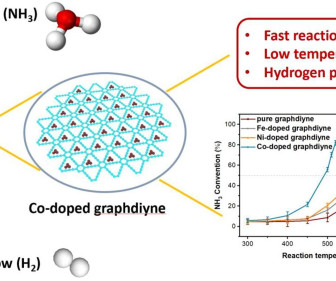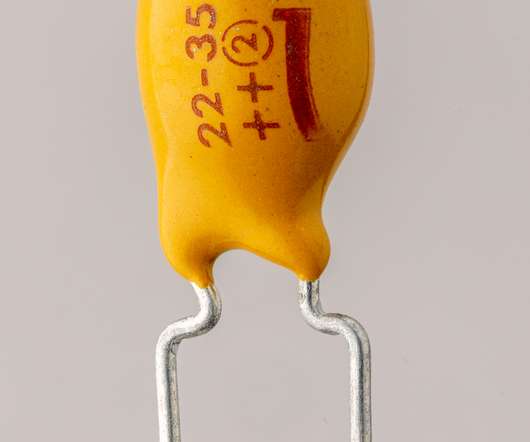Cobalt-doped graphdiyne catalyst for catalytically decomposing ammonia to hydrogen
Green Car Congress
AUGUST 6, 2023
to release the hydrogen—their high cost is a challenge for widespread application, the authors note. to release the hydrogen—their high cost is a challenge for widespread application, the authors note. Conversely, low-cost metal catalysts are available but demonstrate suboptimal catalytic effects.



























Let's personalize your content